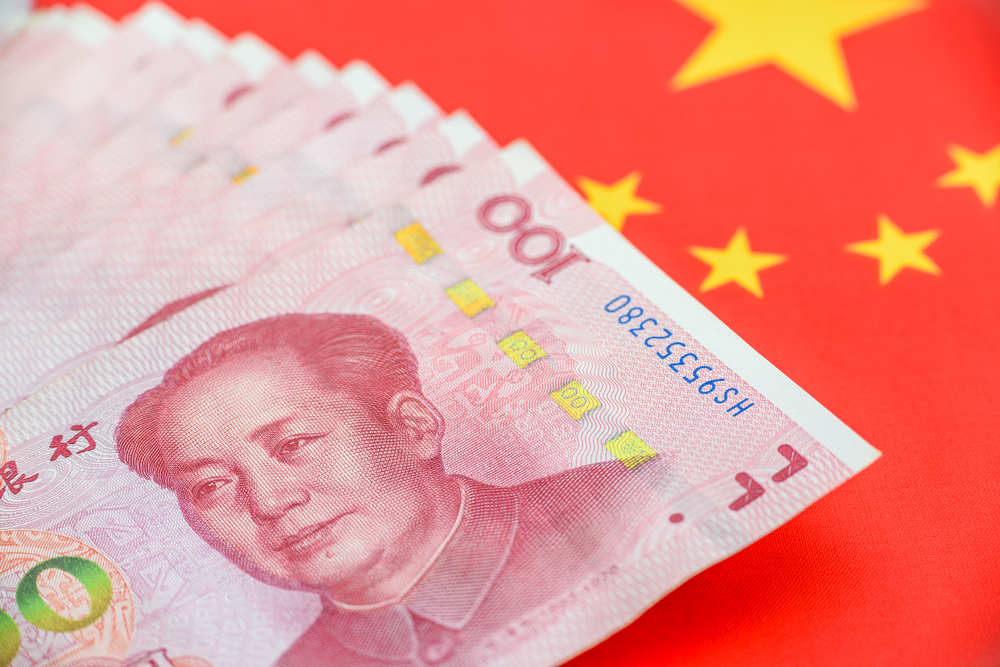Unexpected reversal threatens Beijing’s push to boost consumption
Several major Chinese banks have abruptly raised consumer loan interest rates, marking a stark shift from last month’s record-low cuts aimed at stimulating the economy. The move comes as bad consumer loans climb, adding new risks to China’s fragile recovery efforts.
Effective Tuesday, banks including China Construction Bank, China Merchants Bank, Bank of China, and Hua Xia Bank hiked rates to at least 3%, up from around 2.5%—a record low set in February. The change risks undermining Beijing’s broader effort to boost demand and hit a 5% GDP growth target for 2025.
Rate hikes raise consumption concerns
Just weeks ago, Beijing had pushed banks to slash borrowing costs to stimulate consumption, especially as U.S. trade tensions intensified. Analysts now warn that higher rates could deter borrowing at a time when consumer confidence remains low and household savings remain elevated.
“Despite the consumption drive, the government seems worried about financial stability regarding the quickly shrinking net interest margin and worsening asset quality,” said Gary Ng, senior economist at Natixis.
Regulatory silence amid asset quality fears
It’s unclear whether the recent rate increases were coordinated with regulators. The People’s Bank of China and the National Financial Regulatory Administration declined to comment. However, the top banking regulator had recently urged banks to expand lending while maintaining “reasonable” interest rates and credit limits.
There are also signs that low-cost consumer loans were being misused—some borrowers reportedly used them to refinance higher-rate mortgages rather than for spending, increasing default risks. A loan officer from a state-owned bank admitted this trend may have pushed banks to tighten terms.
Bad loan ratios climbing
Consumer loans account for only 2% of total credit at China’s major state-owned lenders, yet bad loans in this category are on the rise. In 2024, ICBC and Agricultural Bank of China posted their highest personal loan default rates since 2020—2.39% and 1.55% respectively.
At mid-tier banks, the situation is worse. Bohai Bank saw its non-performing loan ratio for consumer lending triple to 12.37% by year-end.
“The overall risk in personal lending has increased since last year,” said Gu Bin, vice president of Bank of Communications, noting continued pressure on asset quality in 2025.
Confidence, not liquidity, is the problem
Despite rising household savings, the core issue remains psychological. “The more important factor will be to restore household confidence, and that starts with healthy wage growth and asset price stabilisation,” said Lynn Song, chief economist for Greater China at ING.


